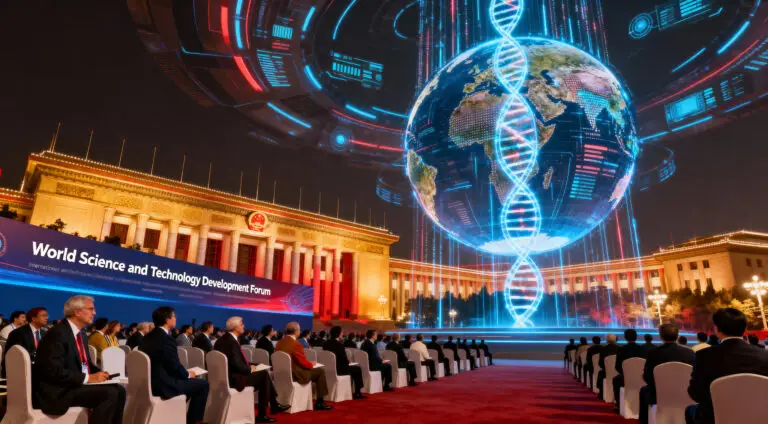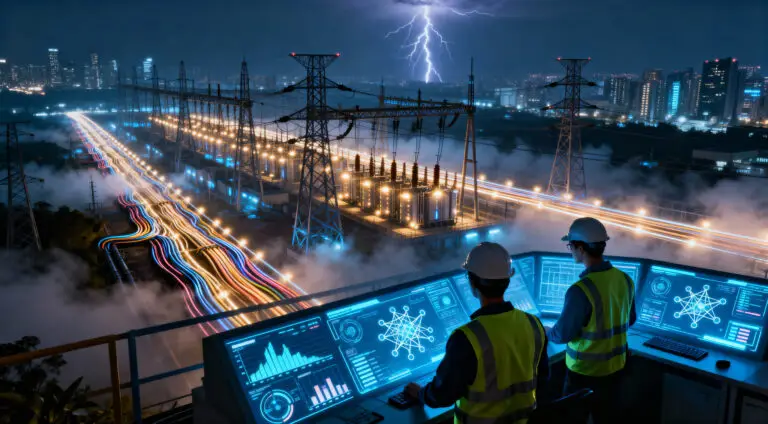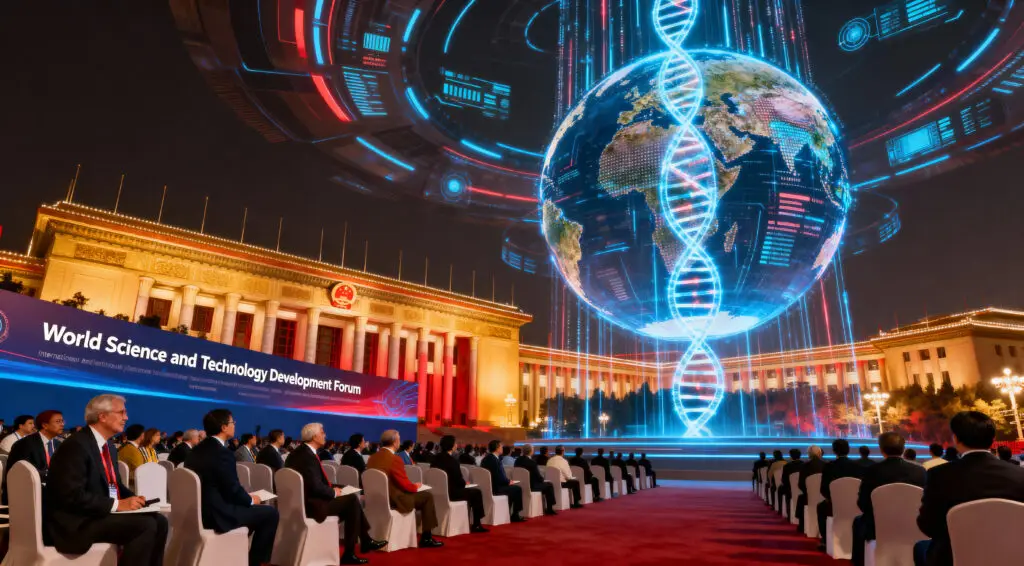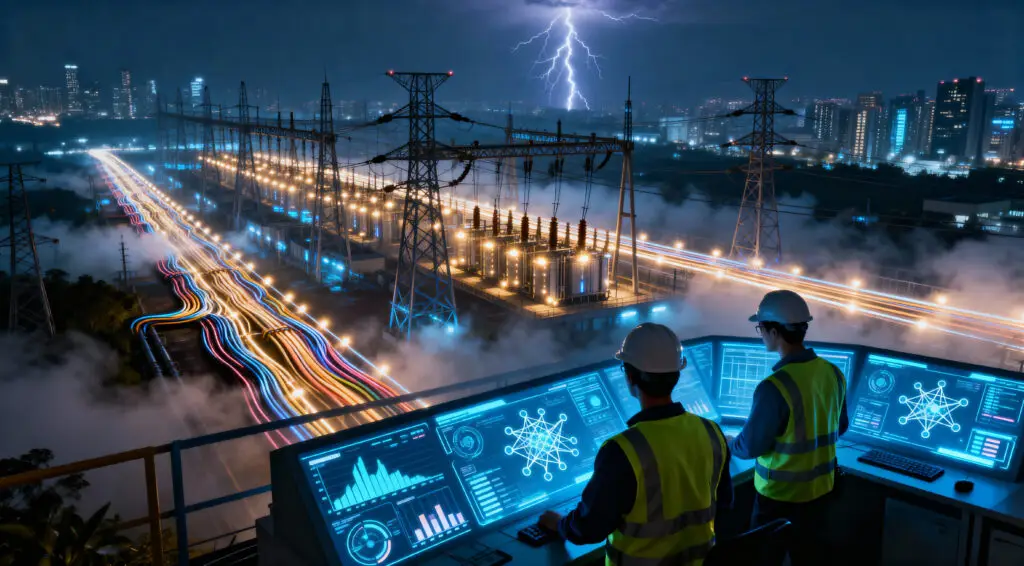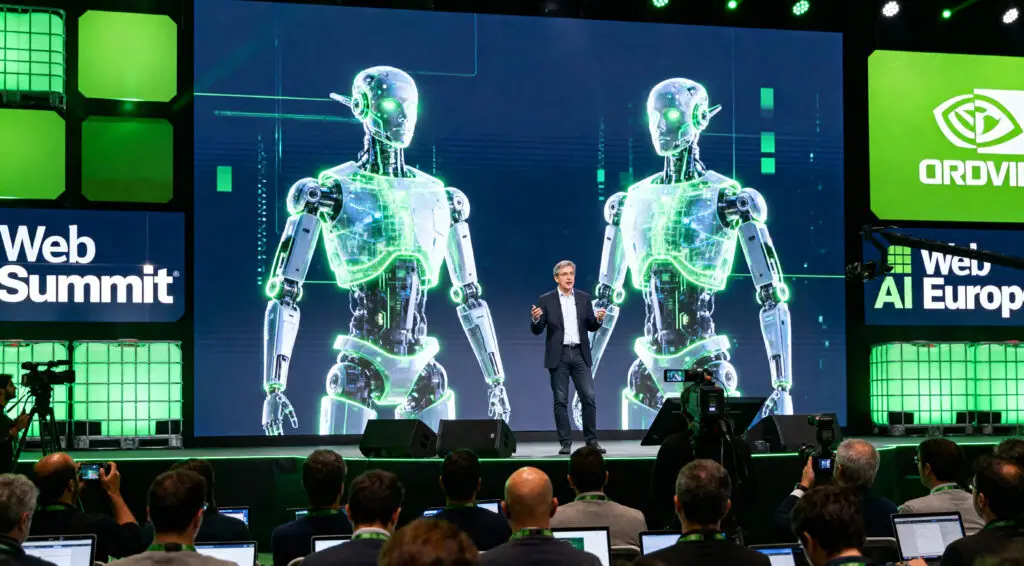Robot Dog Highlights AI’s Practical Role in Community Safety
At CIFTIS 2025, a methane-detecting robot dog wowed crowds with its dual purpose of performance and protection. Developed by Beijing Gas Group, it can be pre-programmed to patrol residential areas and monitor for gas leaks.
Engineers describe it as a “bodyguard” that brings safety into daily life. This innovation symbolizes how AI is stepping beyond novelty into critical infrastructure. The robot demonstrates how technology is reshaping service applications across sectors.
AI Doctors Push Boundaries in Healthcare Innovation
In the health services zone, Guang’anmen Hospital unveiled an AI diagnostic robot capable of traditional Chinese medicine assessments. Visitors engaged with the system through conversations that simulated real consultations. The AI’s training on extensive medical data makes it proficient in pulse reading, tongue analysis, and facial diagnosis. Founder Xue Chong of Trizen said healthcare offers the perfect testbed for deep AI integration. A home-use AI terminal is already in development for broader adoption.
Environmental Robots Transform River and Tank Management
AI is also revolutionizing environmental services with eco-dredging robots showcased by He Mu Ecology. These machines perform remote-controlled cleaning in rivers, lakes, and even hazardous chemical tanks. QuantaEye’s floating “water environment scout” collects over 10 real-time water quality indicators. By combining IoT with big data analysis, it alerts authorities to potential pollution early. Such innovations highlight how AI can directly safeguard public health and ecological stability.
Recommended Article: China’s AI Breakthroughs Could Redefine Modern Naval Warfare
Mixed Reality Creates Immersive Cultural Tourism
In the culture and tourism section, visitors tried mixed reality (MR) headsets for interactive experiences. These devices transported users on digital tours of historical landmarks and cultural sites. Crowds lined up to experience immersive environments where virtual and physical realities blended seamlessly. Organizers say AI-powered MR expands the appeal of cultural heritage globally. It transforms passive sightseeing into dynamic participation in tourism services.
Smart Education Tools Enhance Child Development Support
The education services exhibition featured AI platforms designed for child growth and learning. These tools integrate tutoring, health tracking, and physical activity monitoring into one system.
By personalizing educational content, they offer more effective teaching tailored to each child’s needs. Parents can access data-driven insights on development milestones, health, and study progress. Exhibitors said such systems are shaping the future of holistic childhood education.
Experts See AI Unlocking New Service Trade Potential
Scholars emphasized that AI is not only cutting costs but also creating new service formats. Liang Zheng of Tsinghua University explained that AI-driven personalization is transforming consumption and trade models. Ouyang Rihui from Central University of Finance and Economics noted the explosion of AI products and applications in China. These technologies lower barriers, encourage innovation, and open new pathways in global service trade. Experts agree AI will be central to international competitiveness.
CIFTIS 2025 Reinforces China’s Global Services Ambitions
This year’s theme, “Embrace Intelligent Technologies, Empower Trade in Services,” reflects the nation’s ambitions. With participation from 85 countries and nearly 2,000 exhibitors, CIFTIS remains a cornerstone of China’s global outreach.
Since 2012, the fair has helped enterprises connect around innovation in service trade. In 2025, AI dominates the discussion, reshaping both local industries and international opportunities. China is signaling its intent to lead the next chapter of digital trade.



